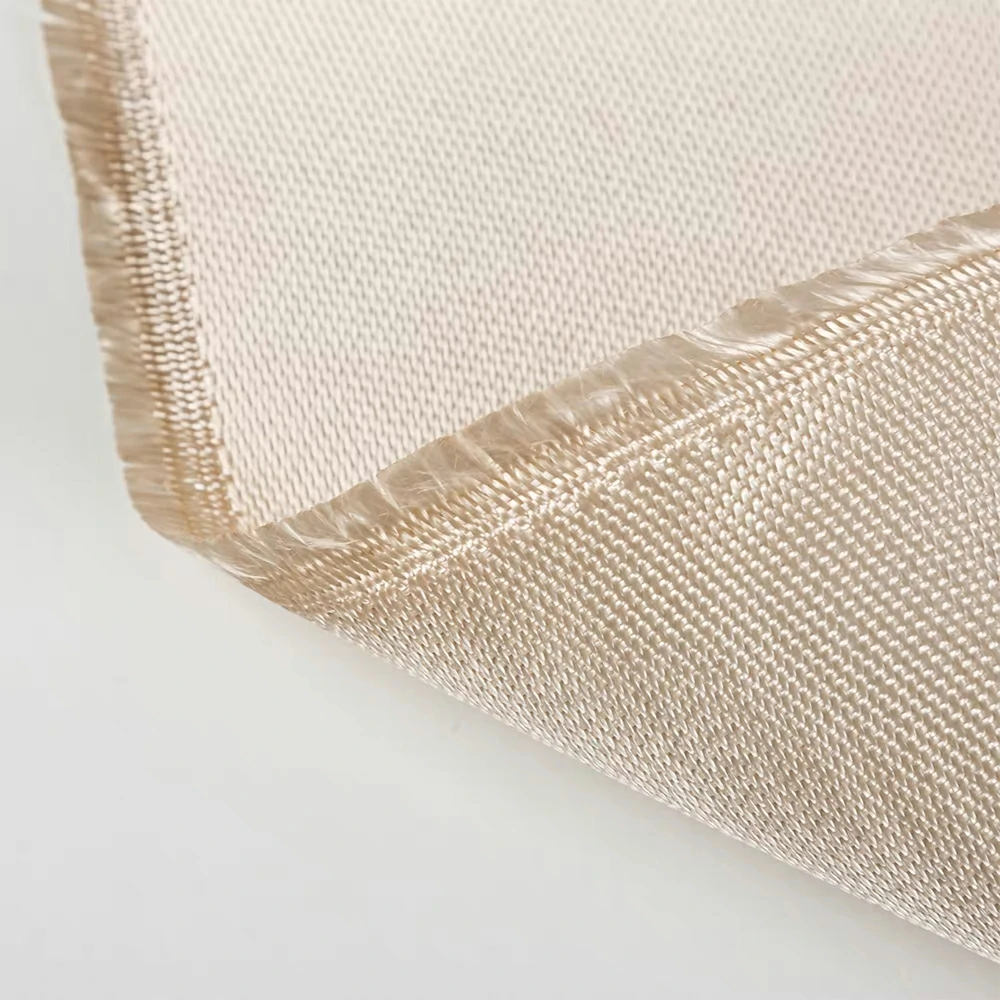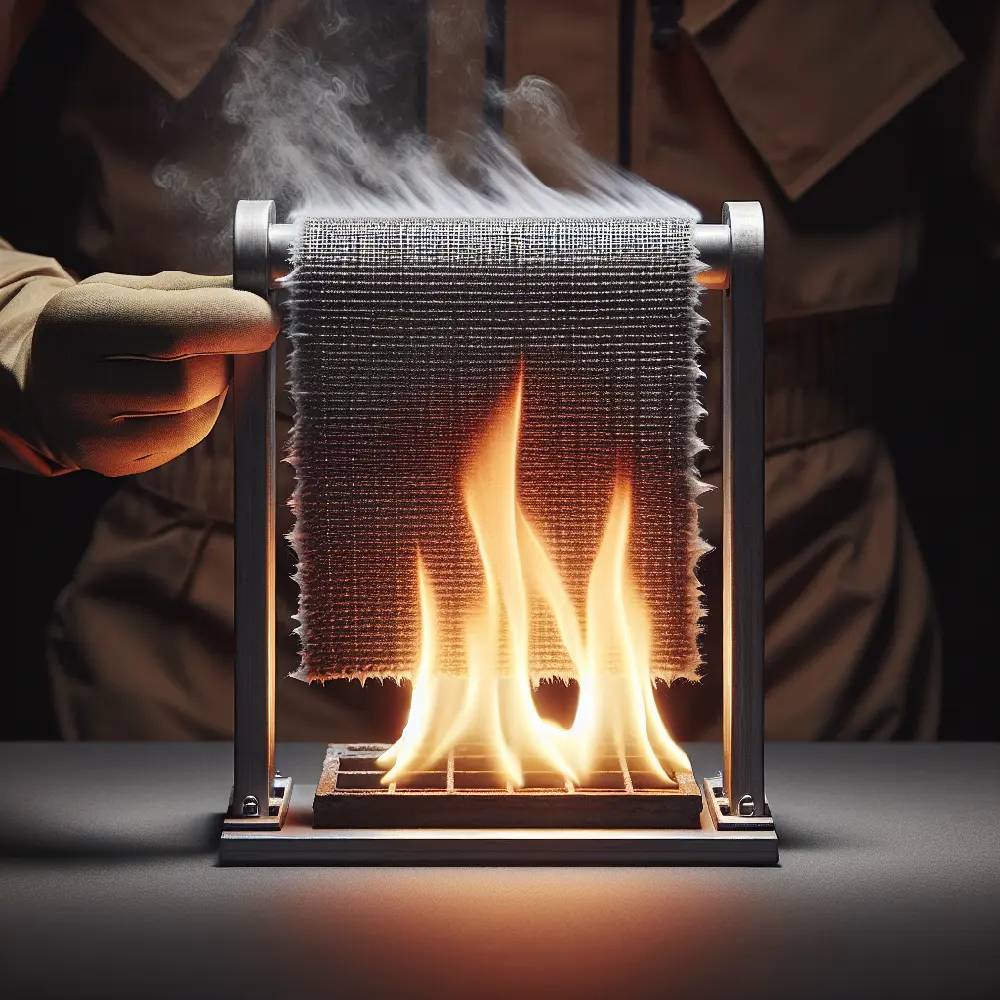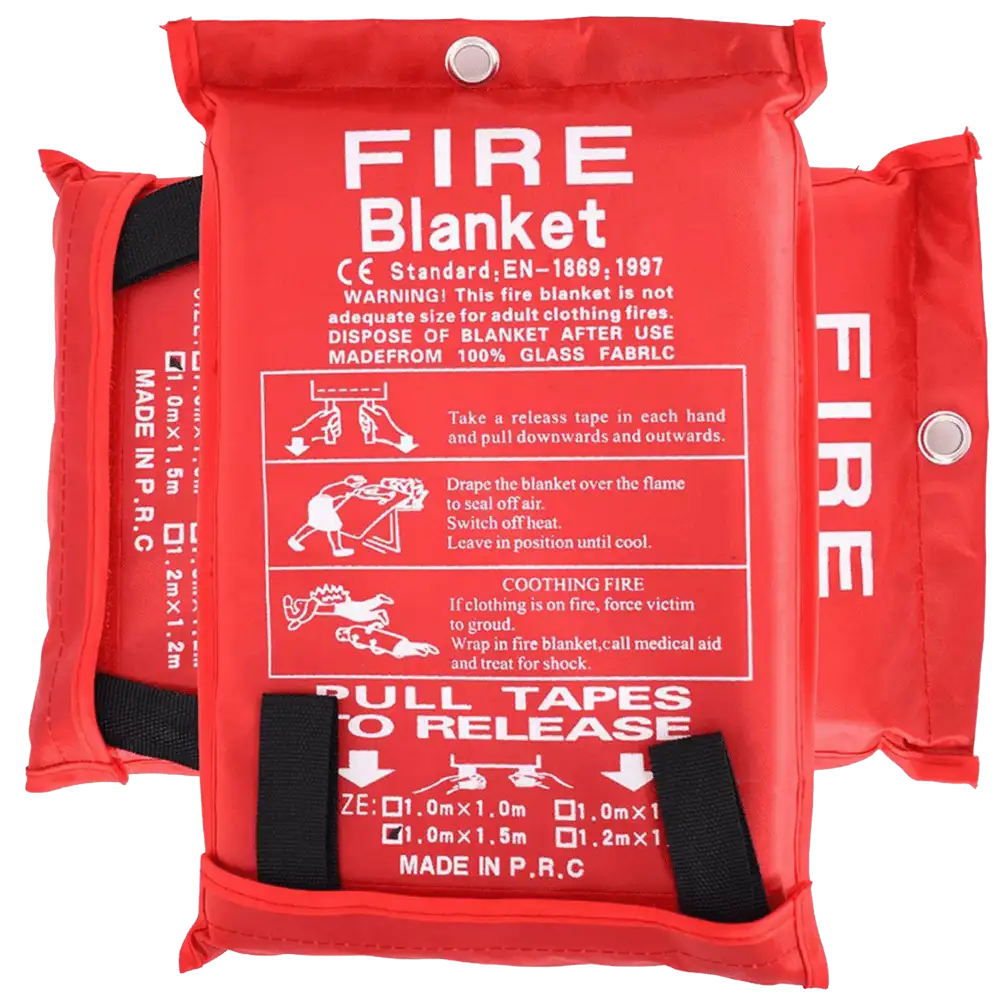
The factory is one of the most labor-intensive locations for heater procedures. There are faucet opening exploration gears, jack dam exploration gears, port covers, turning joggers, control cabins, refractory consumables, and various other tools that require filling and running in blast heaters. In the factory, liquified steel is guided from a heater to a torpedo ladle vehicle.
Transfer procedures, including molten products, call for the highest possible safety and security criteria. Dangers to employees consist of direct exposure to gas, warmth, dirt threats, and sound and functional designs of the workplace.
In addition, affordable factory procedures optimize casting prices while reducing cross-contamination of liquified products. Heat-resistant textiles make it possible for contemporary commercial shops to run securely and financially.
Because a shop is one of the most labor-intensive locations for commercial heating system procedures, its realistic style and design need to be maximized to fulfill the need required efficiency, lessening labor, product, and upkeep expenses. It additionally abides by the most significant safety and security criteria.
To stop warmth loss, refractory products from heat-resistant materials have to be considered, such as aluminum foil glass fiber, high silica fabrics, and ceramic fiber fabrics.
The mol, mildew, and core are essential components of the spreading procedure. The mold, mildew, and core finishings develop a refractive obstacle between the mold and mildew substratum and the melted product.
Utilizing better heat-resistant textiles can considerably lower factory cleansing and maker operating expenses, optimizing factory procedures' earnings.
The modern fireproof technology of these materials suggests that the product can be cast at temperature levels varying from around 200 ° C to regarding 2700 ° C. Consequently, contemporary shop procedures in the concrete, metallurgy, chemical,l and also glass markets might take advantage of refractory innovations stemmed from heat-resistant materials.
Warmth immune textiles cover a large variety of products. They shield versus overheating in different arrangements for factory applications. They can be made of Kevlar, neoprene, fiberglass, silicon, ceramic, carbon, or various other products.
Ceramic fibers avoid contamination between the molten and mold and mildew products. They are made from graphite or other carbon products or mixes of carbon and are also very refractive.
Coating fiberglass fabrics are used as thermal barriers in many markets. They usually are constructed from neoprene, silicone, blended, and ceramic with refractory parts. They are also chemical, UV, and abrasion immune, making them optimal for severe settings.
The continual operating temperature level of the silica-based heat-resistant material is 982 ° C. The mix of reduced thermal conductivity and also refractory finish makes them perfect for severe temperature level settings. They have the outstanding abrasion resistance and high tensile stamina, making them among the most challenging commercial fabrics.
Heat-resistant fabrics are perfect for heat heating systems and can be used as troughs, heaters, and linings. They ensure that the cellular lining and devices inside the heating system are secured and that there is no threat of melting. They are likewise utilized in manufacturing elements, such as seals, coverings, and drapes, as thermal obstacles.
Heaterk Fire Insulation is a specialist in manufacturing heat-resistant fabrics in China. Heaterk's fabrics can withstand high temperatures from -89°C to 2853°C. Heaterk's extensive range of heat-resistant fabrics can be used as foundry insulation and are tailored to precise specifications.
 Top 5 Heat-Resistant Wonders: How High Silica Fiberglass Fabric Excels in Extreme Temperatures!
Top 5 Heat-Resistant Wonders: How High Silica Fiberglass Fabric Excels in Extreme Temperatures!
 Is Kevlar Fireproof? Unveiling the Truth Behind Kevlar's Flame Resistance
Is Kevlar Fireproof? Unveiling the Truth Behind Kevlar's Flame Resistance
 Do Fire Blankets Work? Understanding Their Functionality and Benefits
Do Fire Blankets Work? Understanding Their Functionality and Benefits
 2023, Heaterk's Year-End Recognition Meeting!
2023, Heaterk's Year-End Recognition Meeting!